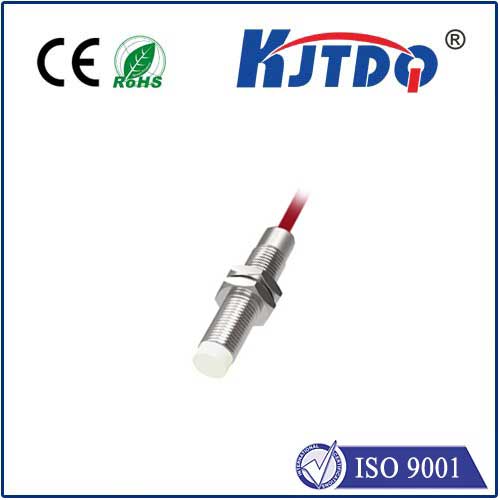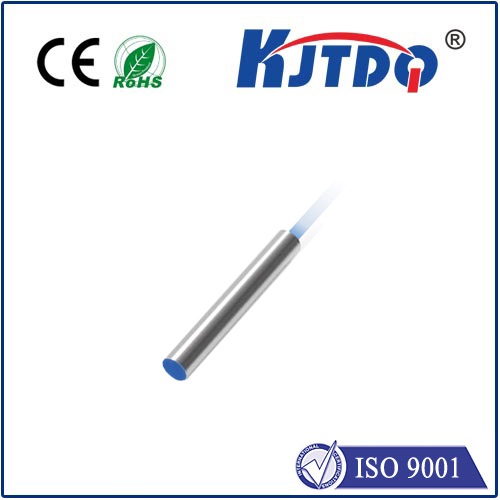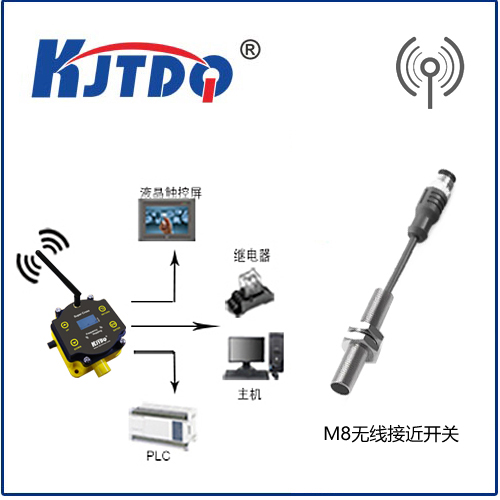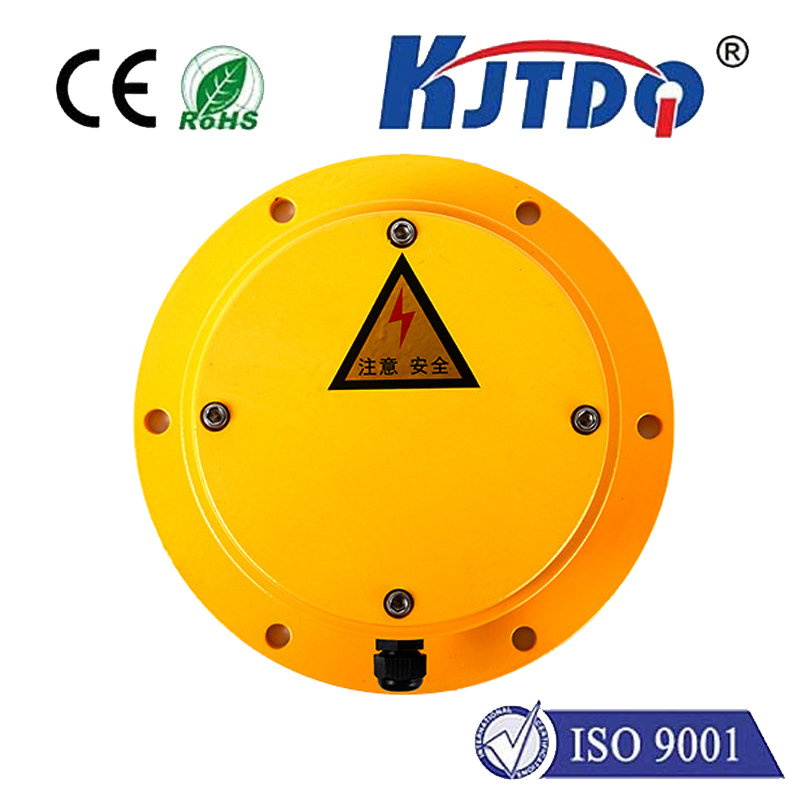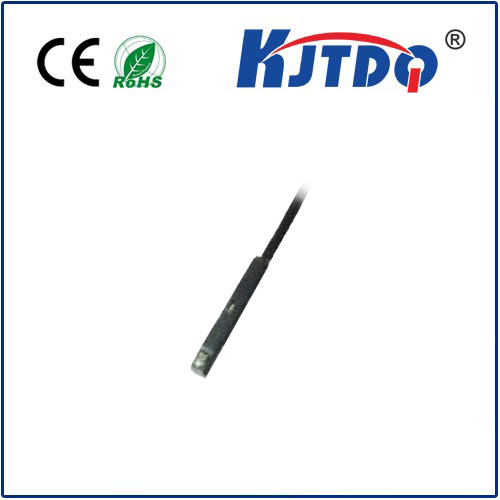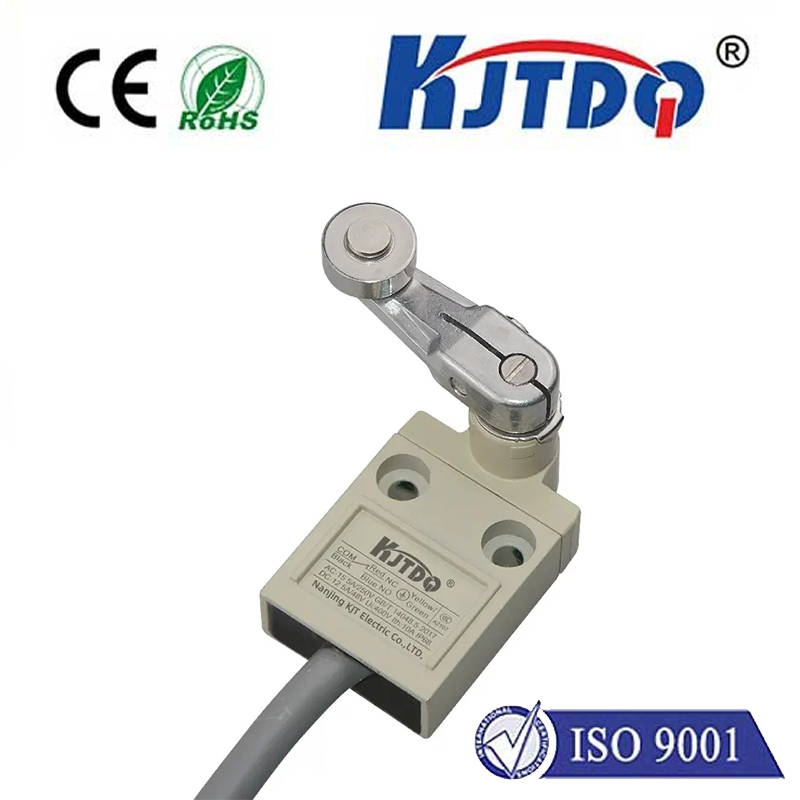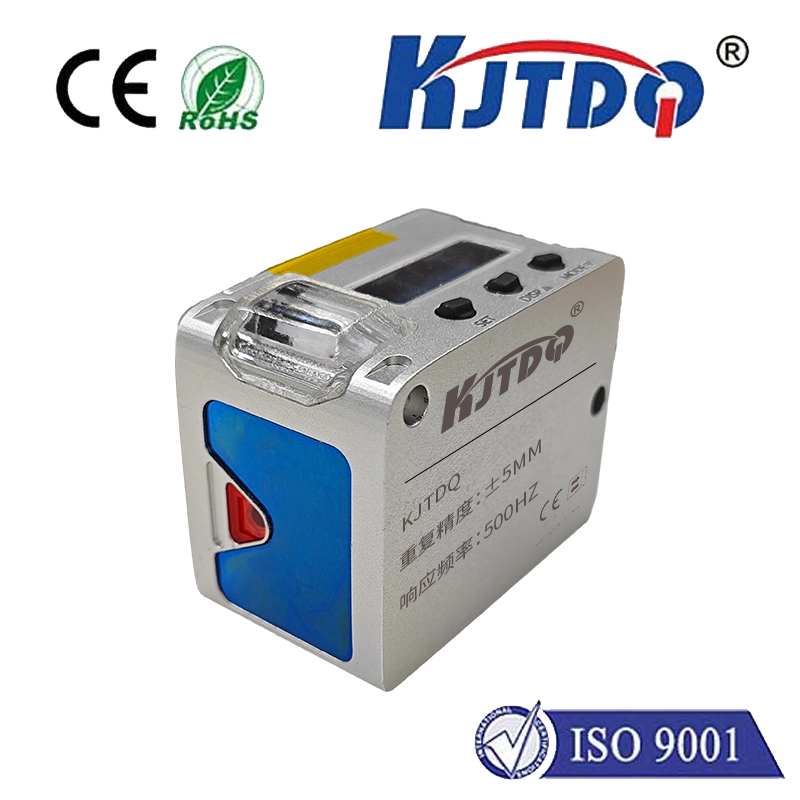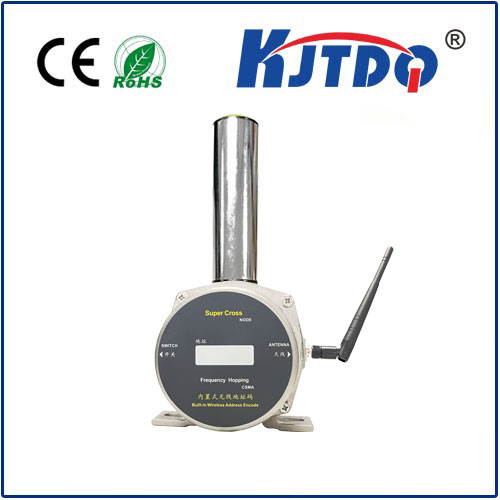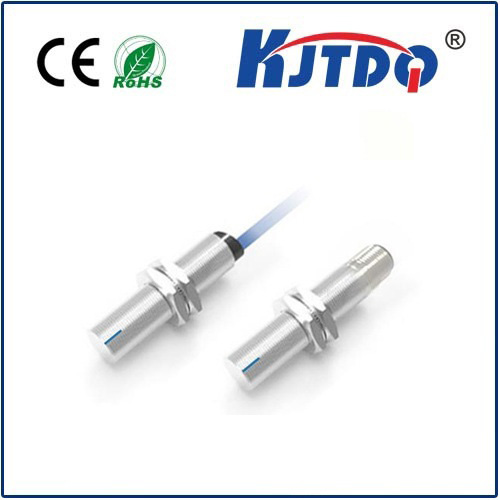flat proximity sensor
- time:2025-06-14 03:37:08
- Click:0
The Rise of Flat Proximity Sensors: Revolutionizing Touchless Interaction
Imagine effortlessly controlling a device without physically touching it. A simple hand wave near a smart home panel activates lights, a subtle gesture adjusts your car’s infotainment volume mid-drive, or a hospital monitor responds instantly to a nurse’s proximity. This seamless interaction, increasingly common in our modern world, is often powered by a remarkable yet often unseen technology: flat proximity sensors. Moving far beyond their bulkier predecessors, these sleek, integrated components are fundamentally reshaping Human-Machine Interfaces (HMI) across countless industries by enabling elegant, reliable, and hygienic touchless control.
What Exactly is a Flat Proximity Sensor?
At its core, a proximity sensor detects the presence or absence of an object (like a hand, finger, or body part) within a defined range without physical contact. A flat proximity sensor specifically refers to a sensor designed with an extremely low-profile form factor. Unlike older sensors that often protruded or had significant height, these modern variants integrate seamlessly flush with the surface of the device they are built into. This slim design is more than just aesthetic; it unlocks new possibilities for product engineering and user experience.
The Core Technology: Sensing Without Touching

While various technologies can be employed in a flat proximity sensor, the dominant and most versatile approach is capacitive sensing:
- The Principle: Every object has a certain electrical capacitance. When a conductive object (like a human hand) approaches an electrode embedded in the sensor, it disrupts the sensor’s electrostatic field. This disturbance causes a measurable change in capacitance.
- The Flat Advantage: Capacitive sensors excel at achieving a flat profile. The sensing electrodes can be printed or etched onto thin, flexible substrates like PCBs (Printed Circuit Boards) or even films. These electrodes connect to sophisticated integrated circuits (ICs) that precisely measure the tiny capacitive changes.
- Beyond Capacitance: While capacitive dominates, some flat proximity sensors utilize infrared (IR) technology. These employ an IR emitter and receiver integrated flatly on the surface. The sensor detects when emitted IR light is reflected back towards the receiver by a nearby object. IR sensors can sometimes offer longer ranges but may be more susceptible to environmental factors like ambient light.
Why the Flatness Factor is Revolutionary: Key Advantages
The shift from bulky sensors to their flat counterparts delivers significant benefits:
- Unparalleled Aesthetics & Design Freedom: Flat proximity sensors vanish into the product surface. This allows designers to create sleek, modern interfaces without unsightly bumps, holes, or protrusions, crucial for high-end consumer electronics and automotive interiors. They enable genuinely seamless surfaces.
- Enhanced Durability & Reliability: With no moving parts and a protected, fully integrated design, flat proximity sensors are inherently robust. The lack of protrusions minimizes the risk of physical damage or snagging. Sealing the sensor against dust and moisture ingress becomes significantly easier, enhancing longevity, especially in harsh industrial environments or demanding automotive applications.
- Simplified Integration and Manufacturing: Their thin, often PCB-based design allows flat proximity sensors to be easily incorporated into existing device assemblies. Manufacturers can leverage standard SMT (Surface Mount Technology) processes common in electronics manufacturing, streamlining production and reducing costs compared to integrating bulkier components requiring custom housings and mounting solutions.
- Improved Hygiene (Touchless Operation): Especially vital in medical equipment, public kiosks, and food service technology, the ability to operate devices without physical touch significantly reduces the spread of germs and pathogens. Flat proximity sensors make this touchless interaction intuitive and reliable.
- Versatility: The underlying sensing technology (capacitive sensing primarily) allows flat proximity sensors to detect various objects (fingers, hands, tools) even through non-conductive materials like glass, plastic, or wood, enabling unique placement options beneath surfaces.
Where Flat Proximity Sensors Are Making an Impact
The applications for these discreet powerhouses are vast and expanding rapidly:
- Consumer Electronics: Smartphones (screen wake/sleep, call handling), tablets, laptops (keyboard deactivation when hand approaches), smart TVs and home appliances (touchless controls, presence detection), gaming consoles.
- Automotive: Touchless control of infotainment systems, overhead lighting, touchless trunk opening (“kick to open”), driver monitoring systems (detecting presence/attention), illuminated handles, proximity-based interior lighting.
- Industrial Automation & Machinery: Presence detection on assembly lines, preventing machine activation when hands are in danger zones (safety interlocks), tool positioning, automated equipment access control.
- Medical Devices: Enabling hygienic operation of diagnostic equipment, monitors, and dispensers within sterile environments, touchless bed controls.
- Building Automation & Smart Homes: Touchless light switches, faucets, soap dispensers, smart thermostats responding to presence, automatic doors.
- IoT Devices: Enhancing user interaction with countless connected devices where a physical button is impractical or unappealing.
The Future is Flat, Smart, and Predictive
The trajectory for flat proximity sensors points towards even greater integration and intelligence. We can anticipate:
- Multi-Functionality: Sensors combining proximity detection with touch sensing, gesture recognition, or even environmental sensing (light, humidity) within the same ultra-thin package.
- Increased Range & Sensitivity: Advancements in capacitive sensing ICs and algorithms will allow detection at longer distances without sacrificing the ultra-slim form factor.
- AI Integration: Proximity data feeding into AI algorithms for predictive actions – a device anticipating your intent based on approach pattern or combining presence data with other inputs like voice or cameras for truly context-aware systems.
- Wider Material Compatibility: Improved sensors working reliably across a broader range of non-conductive coatings and thicker cover materials.
- Ubiquity: As costs decrease and integration simplifies, flat proximity sensors will become a standard feature in almost any device where intuitive, touchless, or presence-based interaction is desired.
The Seamless Touchless Revolution Continues
Flat proximity sensors represent a significant leap in sensing technology. By solving the aesthetic and mechanical limitations of traditional sensors without compromising on functionality, they have become indispensable enablers of modern intuitive user interfaces. Their robustness, hygienic benefits, and design flexibility ensure they will remain at the forefront of touchless interaction across countless devices and industries we interact with daily. Their presence, though invisible, profoundly shapes how smoothly and naturally we engage with the technology around us.












